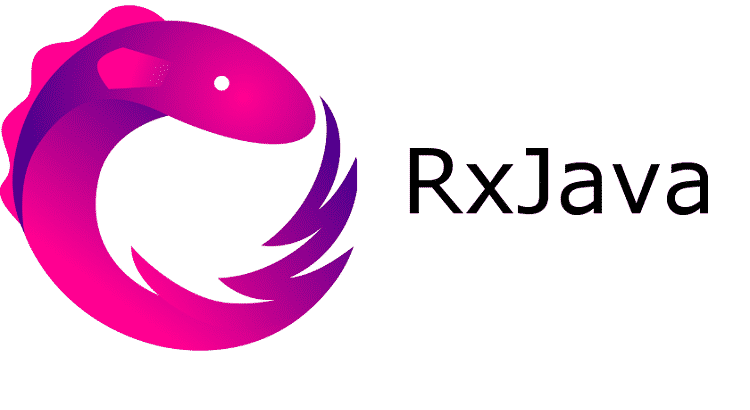RxJava is the most significant skill for Android development. RxJava is the Java VM implementation of ReactiveX library for Android development. The ReactiveX is a library based asynchronous and event based programs by using observable sequence. The ReactiveX also offers flexible API to create and act on a stream of data while dealing with easier normal concerns of asynchronous programming such as thread creation and concurrency issues. RxJava provides the framework for simplifying Concurrency/asynchronous task inbuilt in mobile programming. The important terms of RxJava are asynchronous, event based, and observable sequence. The asynchronous indicates the different part of a program which runs simultaneously. The event based program executes the codes based when the event gets generated while the program is running. You can understand the term observable sequence through mechanics of it. From call-back, hell RxJava is free to us and provide the excellent style of composing. You can Find freelancers to get started using RxJava.
RxJava is lightly weighted as it gets created as a single JAR which is concentrated on observable abstraction and has high order functions. The implementation of RxJava is Polyglot which supports Java 6 and JVM based languages like Groovy, JRuby, Kotlin, Scala, etc. It had the excellent polyglot environment and designed the idioms of each JVM based language. The RxJava has different libraries such as fault handling and bulk heading library for easily reusing any of the Apache Camel Components and protocol it provides the Camel RX library. The reactive extension is a collection of interfaces and methods which provide a way to developers to solve problems rapidly and easy to understand. RxJava has a collection of tools which help you to write a clean and sophisticated code. The RxJava easily interacts with Android UI, and it has an excellent functional approach which helps you to make your task simpler.
There are two building blocks for RxJava which is Observables and Subscribers. For emitting the items observable is used and for consuming those, you use a subscriber. The flow of Observable is used to emit one and more items, and completes it successfully or produces the error. Observable has several Subscribers, and every item emitted by Observable is sent to the Subscriber.onNext() method for handling. If the Observable finishes the emitting of items then Observable will call Subscriber.onCompleted() method. Suppose there is error occur the Observable will call the Subscriber.onError() method.
Why is RXJava important?
RxJava raises the level of abstraction around the threading, and because of this concept, it becomes simpler. The developers are worried about details regarding how to perform operations which should occur on a different thread. The concept of threading is difficult if not implemented properly then it can cause the most difficult bugs to debug and fix. RxJava act as the bulletproof when it comes to threading and makes your life simpler. You can hire freelancers for RxJava.
The 3O’s of RxJava Core
The 3O’s are Observable, observer and the operator. The Observable emits the items, and the observer consumes those items, and the item emitted from the Observable further is to be modified, transformed, and manipulated by changing the operator calls. You can find freelancers from trusted sources.
1) Observable
It acts as a stream abstraction in RxJava and similar to the iterator. It iterates and produces those items in an orderly fashion and consumer can then consumes those items using the interface as regards of the underlying sequence. Observable has all of the flexibility and elegance with the mirror image cousin the iterable.
2) Observer
The observer performs its role whenever something interesting happens in the stream. The observer notifies using the three methods such as Observer#onNext(), observable #onError(Throwable), and observable#onCompleted().
3) Operator
Any item emitted through Observable gets transformed, modified and filtered using the operator before informing the subscriber observable objects. The common operation found in the programming is a map, filter, reduce are also applicable to an Observable stream and simplifies your work. The operators get applied between the source observable/ Flowable and the subscriber.
Multithreading using the RxJava
The controlling of the thread within the operation occuring in the Observable chain completes by specifying the scheduler. The scheduler act as a thread pool but when it is declared the operator utilise it and run on by default. If such a type of scheduler is not available, then the Observable thread operates on the same thread by specifying the method observable#subscribe(—). You can specify the scheduler by the method observable#subscribeOn(Scheduler). Hire freelancers online who have knowledge of Multithreading using the RxJava.
Summary: This article is about what is RxJava and its features. Do you get information related to its importance and the 3O’s of RxJava? What is its role in RxJava? And what is multithreading in RxJava?

